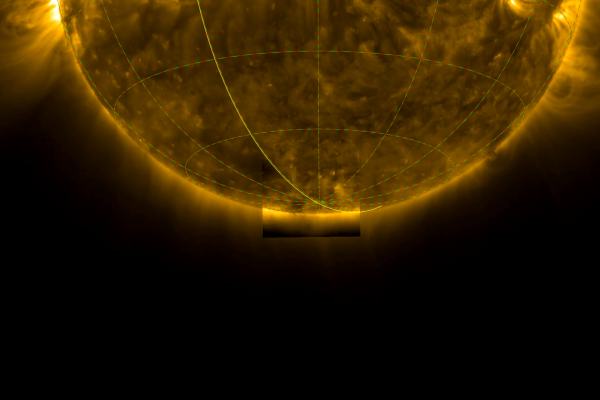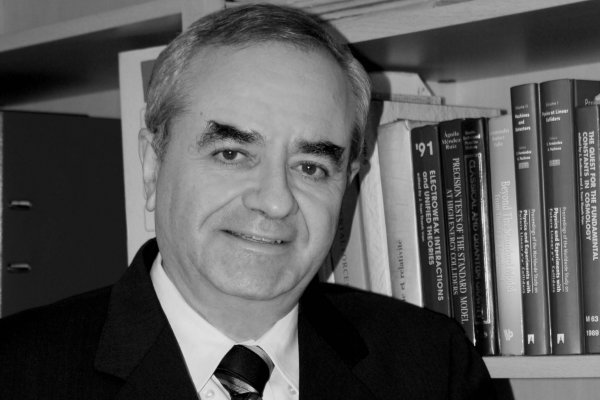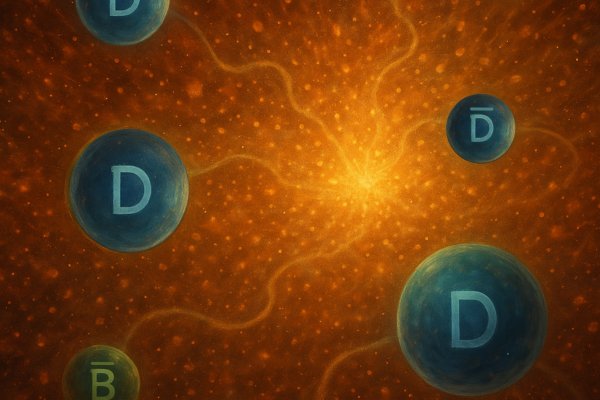The Large Hadron Collider (LHC) started delivering physics data today for the first time in 27 months. After an almost two year shutdown and several months recommissioning, the LHC is now providing collisions to all of its experiments at the unprecedented energy of 13 TeV, almost double the collision energy of its first run. This marks the start of season 2 at the LHC, opening the way to new discoveries. The LHC will now run round the clock for the next three years.
During its first three years, the LHC ran at a collision energy of 7 to 8 TeV delivering particle collisions to four major experiments: ATLAS, CMS, ALICE and LHCb. With the large amount of data provided by the LHC during this first period, the ATLAS and CMS experiments were able to announce the discovery of the long-sought Higgs boson on 4 July 2012, paving the way for the award of the 2013 Nobel Prize in physics to theorists François Englert and Peter Higgs.
In the course of this new stage, the LHC will now open a new window for potential discovery, allowing further studies on the Higgs boson and potentially addressing unsolved mysteries such as dark matter.



